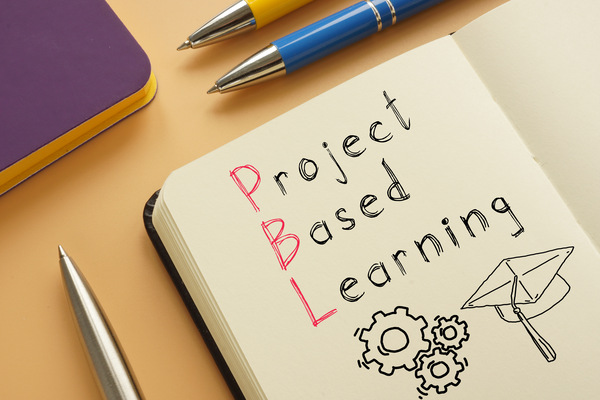From Little Ones to Loved Ones: Visiting Grandparents in Home Care
Visiting grandparents holds a cherished place in many family traditions. From grandchildren’s joyous laughter to elders’ wisdom and warmth, these visits create bonds that last a lifetime. However, their needs may change as grandparents age, sometimes necessitating home care.
While this transition can bring adjustments, visiting grandparents who are having home care offers unique opportunities for connection, understanding, and love.
Bridging Generational Gaps
The bond between grandparents and grandchildren is a cherished aspect of family life. In today’s world, where home care settings are increasingly common for elderly relatives, the significance of visiting grandparents cannot be overstated
These visits are not just about spending time together; they serve as bridges between generations, strengthening connections and preserving family traditions.
Creating Lasting Memories
Visiting grandparents in home care settings is an opportunity to create memories that will last a lifetime. These visits bring grandparents joy, fulfilment, and a sense of continuity. They offer a chance to share stories, impart wisdom, and alleviate feelings of loneliness.
Meanwhile, for grandchildren, these visits provide invaluable experiences that shape their attitudes towards aging and caregiving, nurturing empathy, respect, and understanding.
Learning from Each Other
One of the most significant benefits of visiting grandparents in home care is the opportunity for intergenerational exchange. Through shared activities and conversations, both young and old can learn from each other, bridging the gap between different stages of life. Grandparents pass down traditional skills and values, while grandchildren offer fresh perspectives and technological know-how.
This exchange enriches lives, strengthens family bonds, and promotes unity across generations.
Empathy and Emotional Intelligence
Visiting grandparents in home care settings and who receive overnight care helps children develop empathy, emotional intelligence, and respect for older adults. They learn to recognize and understand the needs of others, cultivating compassion and kindness from an early age.
These visits instil important values that shape children’s character and behavior, teaching them the importance of caring for and respecting their elders.
Bringing Joy and Comfort
For grandparents receiving home care, visits from grandchildren bring immense joy and comfort. It reminds them of their role within the family and reaffirms their sense of purpose. Studies show that interactions with grandchildren can positively impact the mental and emotional well-being of older adults, reducing feelings of depression and loneliness.
These visits keep grandparents connected with the younger generation, fostering a sense of continuity and belonging.
Breaking Stereotypes and Building Connections
Visiting grandparents in home care settings provides a platform for breaking down stereotypes and building deeper connections between generations. In modern times where technology often drives communication, face-to-face interactions between grandparents and grandchildren offer a chance to challenge preconceived notions. It’s an opportunity to build upon mutual understanding.
By spending time together in a home care environment, both generations gain insight into each other’s lives, preferences, and challenges, leading to greater empathy and appreciation for each other’s perspectives. These visits serve as reminders that despite differences in age and life experiences, there is much to learn from and cherish in one another.










